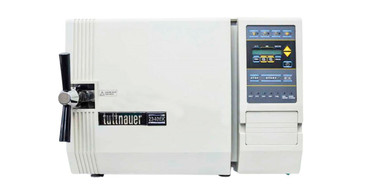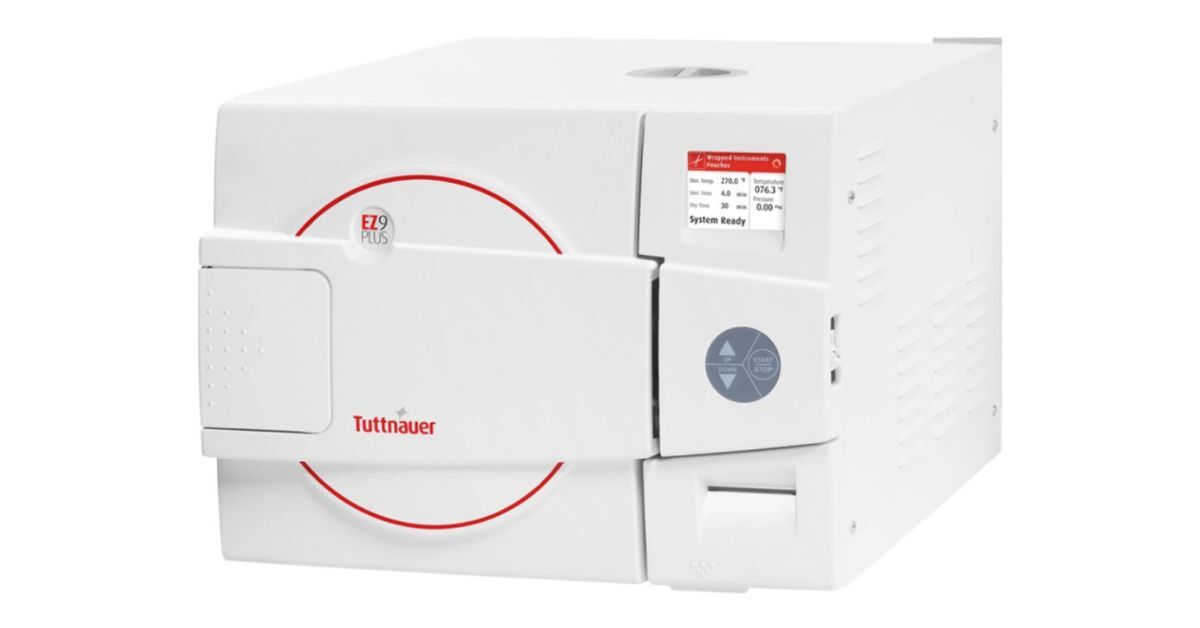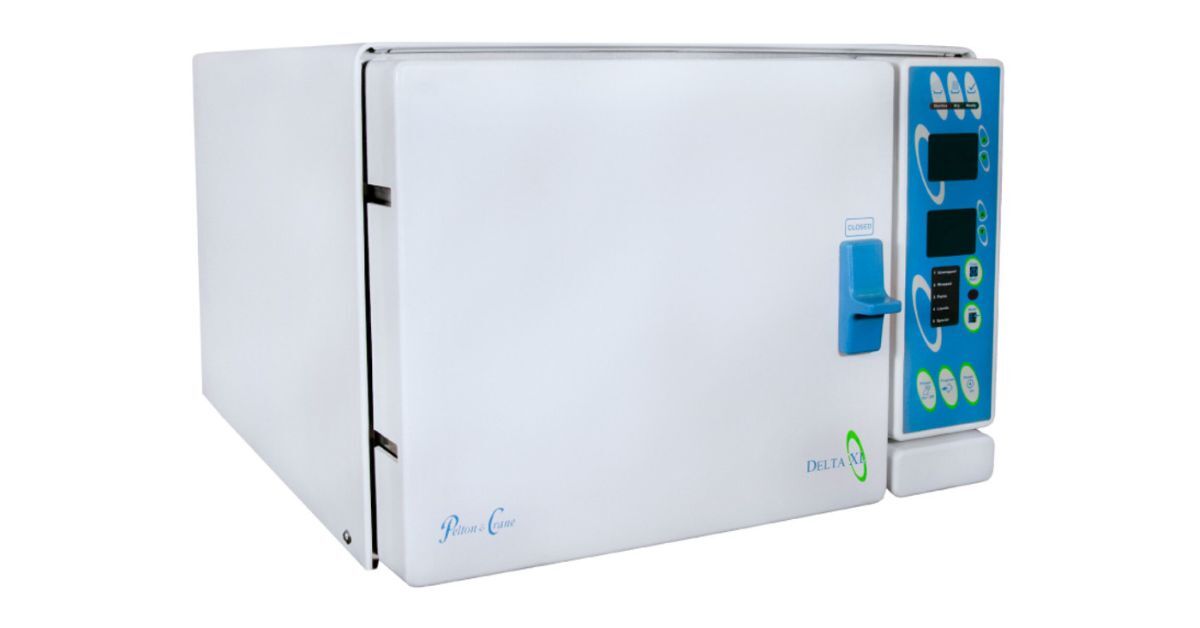
10 Materials That Should Never Be Autoclaved
Posted by Cevi Med on 15th Sep 2025
Autoclaving is essential for modern health care and laboratory safety. However, not everything is designed to withstand the intense heat and pressure involved. Attempting to sterilize the wrong materials can lead to dangerous situations, including explosions, the release of toxic fumes, and irreparable damage to both the items and the autoclave itself.
This guide will walk you through ten types of materials that should never be autoclaved. Learn how to protect your equipment, ensure the safety of your workplace, and maintain the integrity of your medical instruments and research materials.
The Risks of Improper Autoclaving
Autoclaves typically operate at temperatures around 250°F and pressures of about 15 psi above atmospheric pressure. Placing an incompatible item inside can result in the following hazards:
- Explosions: Sealed containers or volatile substances can build up immense pressure, causing them to explode and damage the autoclave and anything nearby.
- Toxic fumes: Some materials, particularly certain plastics and chemicals, can release hazardous gases when heated, posing a severe inhalation risk.
- Equipment damage: Melting plastics, corrosive chemicals, and sharp objects can permanently damage the interior of the autoclave, leading to expensive repairs.
- Ineffective sterilization: If an item is not suitable for autoclaving, it may not be properly sterilized, creating a false sense of security and increasing the risk of contamination.
Knowing what to keep out of the autoclave is a fundamental part of laboratory and clinical safety protocols.

Ten Materials You Should Never Autoclave
To ensure a safe and effective sterilization process, always check material compatibility. Here are ten materials and substances that should be kept away from your autoclave.
1. Flammable or Volatile Chemicals
Solvents (e.g., ethanol, acetone, methanol) and oils should never be autoclaved. The high heat can cause these substances to vaporize and become highly flammable or explosive. This creates a significant fire hazard and could lead to a catastrophic failure of the autoclave. Always check the Safety Data Sheet (SDS) for any chemical to determine proper disposal and sterilization methods.
2. Corrosive Chemicals
Acids, bases, and bleach are examples of corrosive chemicals that can damage the stainless steel chamber of an autoclave. When heated, their corrosive properties are often amplified, and they can release toxic fumes. Corrosive materials should be handled according to specific chemical safety protocols and never introduced into a high-heat, high-pressure environment.
3. Radioactive Materials
Autoclaving does not neutralize radioactivity. Placing radioactive materials in an autoclave can aerosolize the radioactive particles, contaminating the autoclave, the exhaust system, and potentially the entire facility. This creates a widespread radiological hazard that is difficult and expensive to remediate. All radioactive waste must be handled and disposed of according to strict federal and institutional guidelines.
4. Liquids in Sealed Containers
Never autoclave liquids in a tightly sealed container. As the liquid heats up, it expands and turns into steam, generating extreme pressure inside the container. This pressure can easily exceed the container’s structural limits, causing it to explode. If you need to autoclave liquids, use vented caps and ensure the container is not fully sealed to allow pressure to escape safely.
5. Materials That Melt or Deform
Many common materials cannot withstand the high temperatures inside an autoclave. Low-density polyethylene (LDPE) and polystyrene, for example, will melt and deform. This not only destroys the item but can also create a mess inside the autoclave that is difficult to clean and may damage internal components. Always verify that a plastic item is marked as autoclavable before processing it.
6. Certain Plastics
While some plastics such as polypropylene (PP) and polycarbonate (PC) are designed to be autoclavable, many are not. Plastics such as polyvinyl chloride (PVC) can release harmful hydrochloric acid fumes when heated, which can corrode the autoclave and pose a health risk. Always look for the autoclavable symbol or review the manufacturer’s instructions before placing any plastic item inside. When in doubt, find an alternative.
7. Items Damaged by Moisture
The entire autoclaving process relies on high-pressure steam, meaning anything placed inside will be exposed to significant moisture. This makes it unsuitable for sterilizing items that are sensitive to water, such as certain powders, paper products that are not intended for autoclaving, and materials that can rust or corrode when wet. For these items, dry-heat sterilization or other methods are more appropriate.
8. Biological Waste in Red Bags
Many standard red bags are not designed to withstand autoclave temperatures and will melt, potentially spilling their hazardous contents. Always use autoclavable biohazard bags, which are specifically designed to remain intact throughout the sterilization cycle.
9. Unclean or Unidentified Materials
An autoclave is a sterilizer, not a cleaner. All instruments and materials must be thoroughly cleaned before being placed in the autoclave. Any remaining biological debris, such as blood or tissue, can shield microorganisms from the steam, leading to incomplete sterilization. Furthermore, never autoclave an item if you are unsure of its composition. The risk of a dangerous reaction is too high.
10. Electronic Devices
The combination of intense heat, high pressure, and moisture inside an autoclave will destroy most electronic devices. Batteries, circuit boards, and LCD screens are not designed for these conditions. Attempting to autoclave electronics will render them useless and could cause batteries to leak or explode. Specialized sterilization methods, such as ethylene oxide or hydrogen peroxide gas plasma, are required for sensitive electronic medical equipment.

Safe Alternatives for Sterilization
If a material cannot be autoclaved, it doesn’t mean it can’t be sterilized. Several alternative methods are available, each suited for different types of materials.
Ethylene Oxide (EtO) Sterilization
This is a low-temperature gas process that’s ideal for heat-sensitive and moisture-sensitive items, including many plastics, electronic devices, and optical instruments. EtO is a highly effective sterilant, but it is also toxic and flammable, requiring a lengthy aeration process to remove residual gas.
Hydrogen Peroxide Gas Plasma
This method uses hydrogen peroxide vapor and plasma to sterilize items at low temperatures. It’s fast, safe, and effective for materials that cannot tolerate heat and moisture, such as some plastics and electrical devices. The byproducts (water and oxygen) are nontoxic.
Dry Heat Sterilization
This method uses high temperatures without moisture. It is suitable for heat-stable, non-aqueous materials such as powders, oils, and metal instruments that might be corroded by steam. However, it requires higher temperatures and longer cycle times than autoclaving.
Chemical Sterilization
Soaking items in chemical solutions such as glutaraldehyde or peracetic acid can achieve sterilization. This method is often used for medical instruments that cannot be heated. It requires careful handling of the chemicals and proper rinsing to remove any residue.
Prioritize Safety in Sterilization
Proper sterilization is a critical component of infection control and research integrity. While autoclaving is a powerful tool, its safe use depends on understanding its limitations. By avoiding these ten materials that should never be autoclaved, you can prevent accidents, protect your equipment, and ensure the highest standards of safety in your facility.
When it comes to autoclaving, having reliable equipment is just as important as taking precautions. At Cevi Med, we have a variety of second-hand autoclaves for sale. Whether you need just one or a bulk purchase, we’ve got you covered. Start saving on used health care equipment with Cevi Med today.
